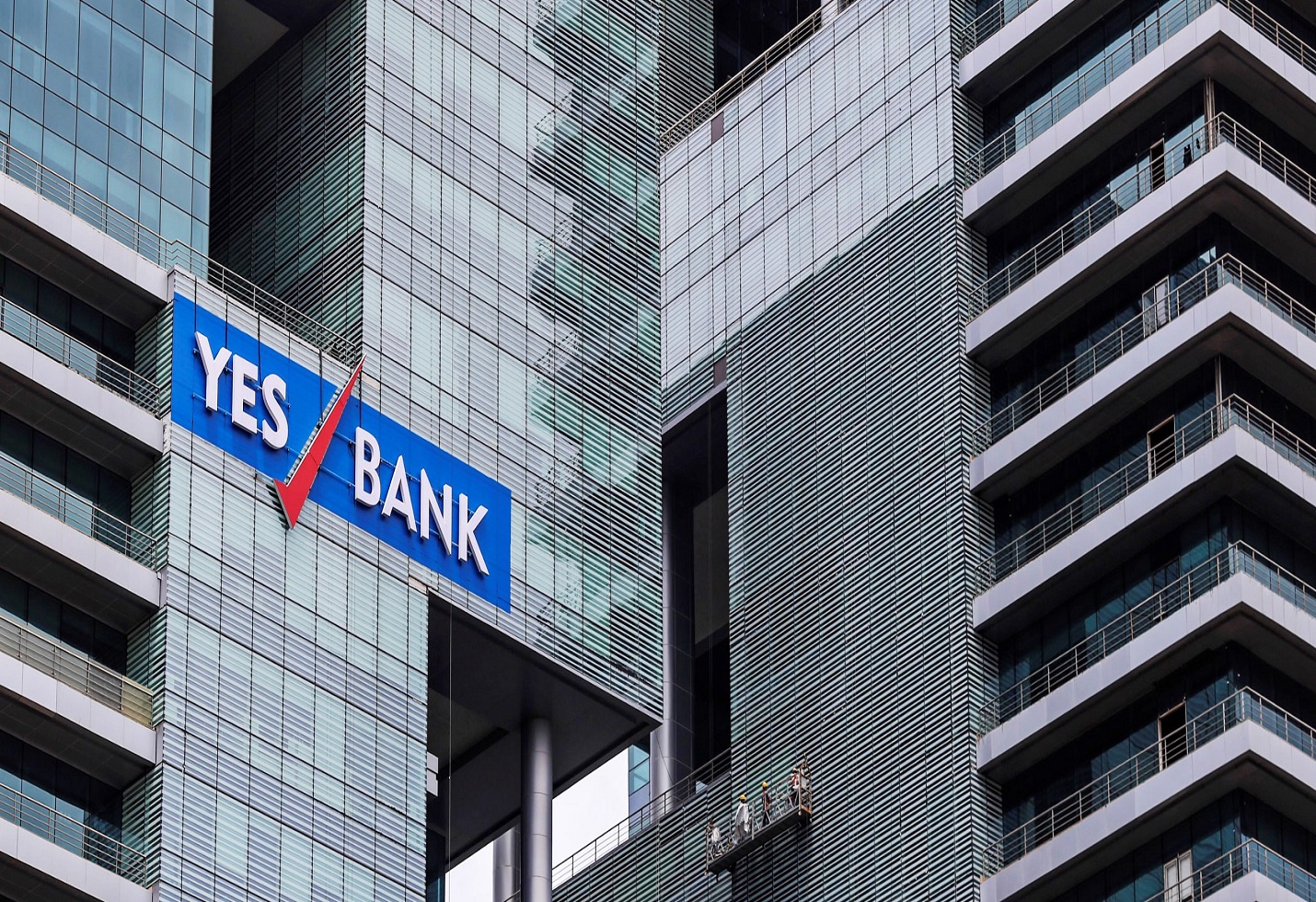SEBI Approves Imagine Marketing’s IPO: boAt Set for Stock Market Launch
The parent company of boAt wins regulatory approval for its highly anticipated IPO, targeting a $1.5 billion valuation. Funds raised will drive innovation and expansion in India’s surging consumer electronics market.
Introduction
In a major boost to India’s booming consumer electronics sector, the Securities and Exchange Board of India (SEBI) has approved the Initial Public Offering (IPO) of Imagine Marketing, the parent company of the popular electronics brand boAt. This move marks the company’s second attempt to go public and positions it for further growth and innovation as it seeks to capitalize on the rapidly expanding digital-first market in India.
The Road to SEBI Approval
Imagine Marketing, backed by global private equity major Warburg Pincus, first attempted to go public in early 2022 but temporarily shelved its IPO ambitions. This year, the company adopted the confidential pre-filing route, allowing it greater flexibility in the timing and structure of its offer. SEBI’s approval, granted in September 2025, is seen as a vote of confidence in the company’s business model and growth prospects.
The confidential pre-filing mechanism permits companies to tweak their issue size by up to 50% and provides up to 18 months for launching the IPO after SEBI’s observations. This route helps companies optimize their fundraising strategy in volatile market conditions.
Fundraising Plans and Offer Details
According to public disclosures, the Imagine Marketing IPO will comprise a fresh equity issue of approximately ₹900 crore and an offer for sale (OFS) worth around ₹1,100 crore, targeting a combined issue size of ₹2,000 crore. The funds are planned to be used for debt reduction, investment in research and development, scaling up manufacturing capacity, and other general corporate needs.
The company, seeking a valuation near $1.5 billion (about ₹13,000 crore), plans to list its shares on both the National Stock Exchange (NSE) and the Bombay Stock Exchange (BSE).
The boAt Story: From Start-Up to Market Leader
Founded in 2013 by Aman Gupta and Sameer Mehta, boAt has grown from a disruptor in affordable audio accessories to a dominant lifestyle electronics brand. Its current range includes wireless and wired headphones, earphones, speakers, smartwatches, mobile and gaming accessories, and personal grooming devices. With over 400,000 ratings on online marketplaces for some products, boAt has built a loyal consumer base through quality and affordability.
Key partnerships, such as its “Made-in-India” initiatives with Dixon Technologies, have enabled boAt to scale rapidly while keeping prices competitive. The company now stands among India’s leading digital-first brands, and its foray into public markets is being watched closely by investors and industry peers alike.
SEBI’s Green Light Reflects IPO Momentum
Imagine Marketing is part of a cohort of thirteen companies that recently received SEBI approval to launch IPOs in August and September 2025. This trend underscores rising momentum in India’s primary markets; over fifty companies have already debuted this year on Indian exchanges. For investors, boAt’s IPO is among the most anticipated, reflecting both the popularity of the brand and the potential for further digital consumer growth in India.
What’s Next for Investors and the Market?
Details such as the IPO launch date, price band, and lot size are expected to be announced in the coming weeks. Analysts predict strong investor interest given boAt’s brand visibility, revenue growth, and digital-first business model. The funds raised should further improve the company’s financial health and fuel R&D and innovation across new product segments.
Conclusion
SEBI’s approval of Imagine Marketing’s IPO is a watershed moment for boAt and the broader consumer electronics ecosystem in India. The forthcoming public listing will provide a significant capital boost, enabling the company to enhance its competitive edge, accelerate manufacturing, and continue its innovation spree. As boAt gears up for its market debut, all eyes will be on the company’s next phase of growth and its ability to deliver value to new stakeholders and millions of loyal customers.
.
The image added is for representation purposes only









